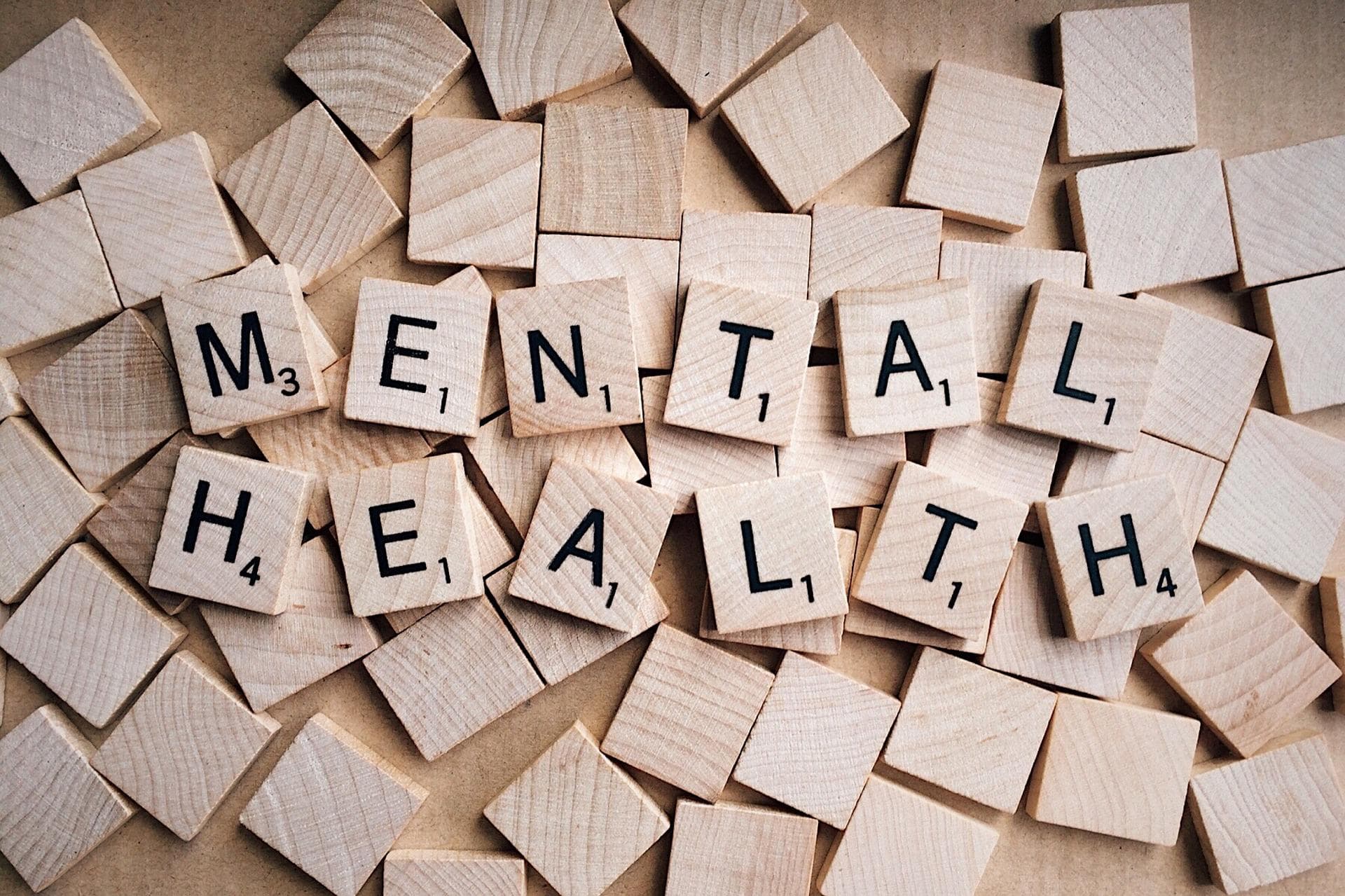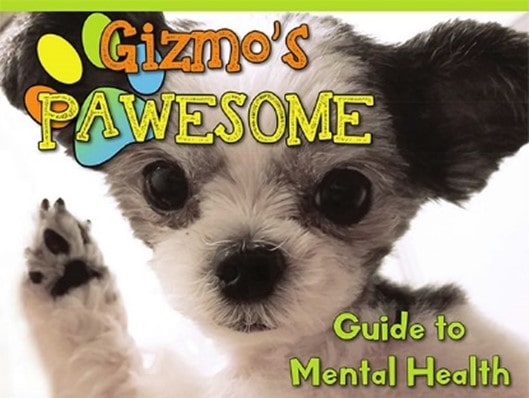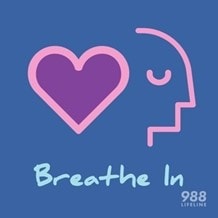
Mental Health
Mental health and Wellness
Mental health includes our emotional, psychological, and social well-being. It affects how we think, feel, and act. It also helps determine how we handle stress, relate to others and make healthy choices. Mental health is important at every stage of life, from childhood and adolescence through adulthood.
Positive mental health allows people to:
- Realize their full potential
- Cope with the stresses of life
- Work productively (work, school and caregiving)
- Make meaningful contributions to their communities
- Maintain healthy relationships
About Mental Health
Over the course of your life, if you experience mental health problems, your thinking, mood, and behavior could be affected. Many factors contribute to mental health problems, including:
- Biological factors, such as genes or brain chemistry
- Life experiences, such as trauma or abuse
- Family history of mental health problems
Mental health problems are common but help is available. People with mental health problems can get better and many recover completely.
Ways to maintain positive mental health include:
- Getting professional help if you need it
- Connecting with others
- Staying positive
- Getting physically active
- Helping others
- Getting enough sleep
What do you know about mental health?
There are many myths concerning Mental Health and Mental Illness. Take the CDC Mental Health Quiz at the link below to see if you can distinguish myth from fact.
https://www.cdc.gov/mentalhealth/quiz/index.htm

What is Mental Illness?
Although the terms are often used interchangeably, poor mental health and mental illness are not the same. A person can experience poor mental health and not be diagnosed with a mental illness. Likewise, a person diagnosed with a mental illness can experience periods of physical, mental, and social well-being.
Mental illness does not discriminate; it can affect anyone regardless of your age, gender, geography, income, social status, race/ethnicity, religion/spirituality, sexual orientation, background or other aspect of cultural identity. While mental illness can occur at any age, three-fourths of all mental illness begins by age 24.
Mental illnesses take many forms. Some are mild and only interfere in limited ways with daily life, such as certain phobias (abnormal fears). Other mental health conditions are so severe that a person may need care in a hospital.
Mental Illness…refers collectively to all diagnosable mental disorders — health conditions involving:
- Significant changes in thinking, emotion and/or behavior.
- Distress and/or problems functioning in social, work or family activities.
Many people who have a mental illness do not want to talk about it. But mental illness is nothing to be ashamed of! It is a medical condition, just like heart disease or diabetes. And mental health conditions are treatable. We are continually expanding our understanding of how the human brain works, and treatments are available to help people successfully manage mental health conditions.
Mental illness is nothing to be ashamed of. It is a medical problem, just like heart disease or diabetes.
Mental illness is common. In a given year:
- Nearly one in five (19%) U.S. adults experience some form of mental illness.
- One in 24 (4.1%) has a serious mental illness*.
- One in 12 (8.5%) has a diagnosable substance use disorder.
Mental illness is treatable. The vast majority of individuals with mental illness continue to function in their daily lives. Mental illnesses include the following conditions and more information can be found on each link specific to the condition listed:
Where to look for help?
COACH (COVID-19 Assistance for Community Health)
Help is available to talk about ongoing effects of the pandemic. If you’re having a tough time, it is okay; we all struggle sometimes. With newly expanded services, COACH (COVID-19 Assistance for Community Health) can help.
Support coaches are case managers who can help connect you to services, such as mental health and wellness resources, substance use treatment and recovery supports, housing and transportation assistance, and more. Coaches will coordinate care and assist you every step of the way; no problem is too small.
This service is free and no insurance is needed.
https://ctstronger.org/covid-19-support/
Open Counseling – Connecticut Mental Health Services Guide
Many people don’t realize that publicly-funded mental health services are available in their state. People looking for free or low-cost counseling often think their only options are counselors in private practice and don’t know that publicly-funded providers in their communities may also offer counseling services.
Windsor resources will be found the Region Four (Northern Connecticut).
https://www.opencounseling.com/public-mental-health-ct
211 of Connecticut
The links on this website provide comprehensive, up-to-date information on programs and services that can assist with mental health care.
https://uwc.211ct.org/categorysearch/mental-health/
Suicide Prevention Lifeline Chat
Speak with someone today if you are experiencing suicidal crisis or emotional distress.
The Lifeline and 988
988 has been designated as the new three-digit dialing code that will route callers to the National Suicide Prevention Lifeline.

Tools for Supporting Emotional Wellbeing in Children and Youth
Concerned about your children, find information and resources at the links below. KidsHealth includes information for parents and teens. The CDC website contains a wealth of information including the definition, list of mental disorders, behavior therapy descriptions, research and data and statistics.
https://www.cdc.gov/childrensmentalhealth/index.html
https://kidshealth.org/en/parents/emotions/
https://kidshealth.org/en/teens/your-mind/

For more information and Prevent Suicide resources in Connecticut, click the link below. This link provides a variety of information including Gizmo’s Pawesome Guide to Mental Health.
https://www.preventsuicidect.org

The Substance Abuse and Mental Health Services Administration (SAMSHA) also has a number of resources on their website. There is information on adult and youth suicide warning signs, meditation videos, suicide prevention planning and how to be a lifeline. This website also includes information on using 988 with specific information on how to use, what happens when you call, text or chat as well as information on facts and privacy.
Sources:
Center for Disease Control and Prevention (CDC)
https://www.cdc.gov/mentalhealth/learn/index.htm
World Health Organization (WHO)
https://www.who.int/en/news-room/fact-sheets/detail/mental-health-strengthening-our-response
American Psychiatric Association
https://psychiatry.org/patients-families/what-is-mental-illness
Mental Health – Information and Resources
https://www.mentalhealth.gov
National Association on Mental Illness – NAMI – Information and Resources including Support Groups
https://www.nami.org
Substance Abuse and Mental Health Services Administration – SAMHSA – Information, Resources and Services
https://www.samhsa.gov
